This article was medically reviewed by Paul Ursell, MD. Dr. Paul Ursell is an Ophthalmologist and Cataract Surgeon in the United Kingdom. He has performed over 7,000 cataract operations over the course of his career. He has published over 20 peer reviewed papers on cataract surgery. Dr. Ursell earned his MD from St Mary’s Hospital in London and became a Fellow of the Royal College of Ophthalmologists in 1995. Dr. Ursell is one of few surgeons to be awarded an MD degree in modern cataract surgery. He served for 9 years on the Council of UKISCRS (United Kingdom & Ireland Society of Cataract & Refractive Surgeons).
There are 15 references cited in this article, which can be found at the bottom of the page.
wikiHow marks an article as reader-approved once it receives enough positive feedback. This article received 57 testimonials and 89% of readers who voted found it helpful, earning it our reader-approved status.
This article has been viewed 5,392,595 times.
A stye is a painful swollen bump on the edge of your eyelid, sometimes caused by an infected eyelash follicle or oil gland. They usually go away on their own after about a week, but you can take measures to ease the pain and reduce the swelling in the meantime.
Steps
Treating a Stye
-
1Clean the stye. Styes are generally caused by chance but can occasionally be caused by exposure of the eye to foreign substances (such as dust or makeup). The stye itself is a small bacterial infection. If you develop a stye, the first thing you should do is clean the area.[1]
- Wash your hands thoroughly, then use a cotton ball or clean hands to gently cleanse the stye with warm water. You can also use a special eyelid scrub or diluted tear-free "baby" shampoo.
- Make certain that both your hands and the cotton balls you use to wash the stye are clean. Otherwise, you may transmit more debris or germs to the area.
- Styes are most commonly caused by staphylococcal bacteria that gets in a hair follicle or a gland in the corner of the eye, often through touching the eye with dirty hands. Other bacteria, however, can also cause styes.[2]
-
2Apply a warm compress. The painful swelling caused by a stye is best treated with warm compresses. Make a warm compress with a clean towel or other fabric dipped in warm water. Place the compress over your eye and let it rest there for five to ten minutes.[3]
- After the compress cools, re-soak it with warm water and repeat for another five to ten minutes.
- Apply warm compresses three or four times a day. Be consistent about this treatment until the stye is gone.[4]
- Warm (but not hot) and damp tea bags can also be used effectively as compresses. (Some people recommend chamomile tea bags, which may have soothing properties).
- The warmth of the compress may cause the stye to shrink or release pus. If this occurs, gently rinse away the drainage. Do not press or squeeze the stye; just apply firm but gentle pressure.
- Once the pus emerges from the stye, the symptoms should abate fairly quickly.
Advertisement -
3
-
4Use antibacterial cream. Buy an over-the-counter antibacterial cream made for treating styes, available at any drug store. If you are unsure about which cream to choose, discuss the available options with the pharmacist. Apply a small dab on the stye, taking care not to get it inside your eye.[6]
- These creams may help your stye heal faster.
- The local anesthetic many of these creams contain can also provide temporary relief from the discomfort caused by a stye. However, should it get in your eye, the anesthetic can also cause significant damage. Apply with extreme caution.
- If you do get any cream in your eye, flush it out gently with warm water. Then, contact your doctor.
- Do not use more often than indicated on the packaging.
-
5Try a natural home remedy. Certain natural substances may help heal styes and reduce pain and swelling. Avoid getting the natural remedies inside your eye, and if you feel stinging or discomfort, discontinue use immediately. Although not medically proven, you may wish to try these natural remedies for getting rid of styes:
- Use a coriander seed wash. Soak coriander seeds in water for an hour, strain the seeds, and use the water as a wash for your eye. The seeds are said to have properties that reduce the swelling of a stye.
- Use aloe. Aloe helps reduce swelling and redness. Cut an aloe leaf lengthwise and apply the pulpy inside to the affected area. If you can't find whole aloe leaves, you can use an eye pad soaked in aloe vera juice. Some people like to use a mix of aloe vera juice and chamomile tea.
- Use a guava leaf compress. This is a common home remedy to reduce pain and swelling caused by styes. Wet guava leaves in warm water and apply them to your eye for 10 minutes.
- Use potatoes. Grind a potato into paste and spread it on a clean, soft cloth. Then, apply it to the stye to decrease swelling.
-
6Use an over-the-counter painkiller. If your stye is extremely painful, use a nonsteroidal anti-inflammatory drug (NSAID) to make you more comfortable during the first few days. Choose an NSAID containing aspirin or ibuprofen for immediate relief.[7]
- Take only the recommended dosage listed on the packaging.
- Do not give aspirin to children under 18 years of age. Doing so could give them a fatal condition called Reye's syndrome.[8]
-
7Go to a doctor. Seek treatment if your stye does not go away after one week. If you are in extreme pain, if redness or swelling spreads, or if your vision becomes affected, seek immediate medical attention.[9] If a stye gets worse, this may be a result of another condition, and you may receive one of the following treatments:
- The doctor may prescribe antibiotic medicines, especially if you have bacterial conjunctivitis, commonly referred to as pinkeye. This condition is usually resolved quickly after antibiotics are administered.[10]
- The doctor may insert a needle or fine-tipped blade into the stye to lance it. This involves puncturing the stye so that the pus drains out of a small hole and the stye goes away.[11]
- If you have a skin condition such as rosacea or seborrhea, you might be susceptible to blepharitis, the inflammation of the rims of the eyelids. In this case your doctor will advise you to begin a new hygiene regimen for that area of your eye.[12]
- If you don't already have an eye doctor, you can consult your primary care doctor and ask for a referral, check your local phone book under ophthalmologists, or search on the internet for “ophthalmologist” plus your city or area.
- You should feel free to contact a doctor at any point during this process. You do not need to wait a week before getting in touch with a professional.
Preventing Styes from Recurring
-
1Wash your eyelids. If you frequently get styes, your eyes may be particularly sensitive to bacterial infection. Use a clean towel and some gentle shampoo, such as baby shampoo, or special eyelid scrub to gently clean your eyelids. Rinse well with warm water.[13]
- If styes a frequent problem for you, your eyelids should be cleaned daily.[14]
-
2Wash your hands before touching your face. One of the most common ways to get styes is by transferring bacteria from your hands to your eyes.[15] Avoid rubbing or touching your eyes.
- Wash your towels regularly, and never share a washcloth or towel with someone who has a stye.
-
3Practice good contact lens hygiene. Wearing contacts requires touching your eyes often, so make sure your hands are clean each time you put them in and take them out. The contacts themselves can also transmit bacteria, so be sure to use a cleansing solution to wash them daily.[16]
- Do not wear contacts when you are suffering from a stye. Placing a contact lens on the eye that has a stye on it increases your risk of transmitting the infection from the stye to the underlying cornea.
- Don't wear your contacts longer than you're supposed to. If you have dailies (i.e. disposable contacts that are intended only for a single use), throw them away every day. If you have monthlies (reusable lenses that intended to be replaced once a month), be sure to change to fresh ones after four weeks have passed.[17]
- Don't wear your contacts overnight. Even contacts that are made for safe overnight wear might cause you problems if you are prone to getting styes.[18]
- Always follow your eye doctor’s recommendation about appropriate contact lens use. Do not wear contact lenses in situations that are specifically approved, such as while swimming (unless you wear them under tight-fitting swim goggles).
-
4Apply eye makeup properly. Eye liner and eye shadow applied under the rim of your eyelid can cause styes, especially if you tend to wear a lot of makeup and reapply it throughout the day. Apply makeup above your lash line, and limit the amount that you apply.[19]
- Don't go to sleep wearing makeup. Use eye makeup remover to clean it off, then splash warm water on your face to rinse off the remover before going to bed.
- Change your eye makeup and applicators frequently. Brushes, wands and pencils used to apply eye makeup get dirty over time, and you may be transmitting bacteria every time you use them.
- Similar to contact lenses, makeup pencils, brushes, and the like make frequent contact with your eyes. If they harbor harmful bacteria, it is very easy for these harmful agents to cause styes.[20]
- Do not share eye makeup with other people.
Warnings
- It is best to consult a doctor before attempting to treat a stye on your own.⧼thumbs_response⧽
- Never give aspirin to anyone under 18, as this can cause a fatal disease called Reye's syndrome.[22] Acetaminophen may be a better option, but the doctor is best to ask.⧼thumbs_response⧽
- Don't try to pop or lance a stye on your own. You could make the infection worse by spreading the bacteria and may also cause scarring.[23]⧼thumbs_response⧽
- Do not wear makeup around the eye when you have a stye, as this may worsen the problem.[24]⧼thumbs_response⧽
References
- ↑ https://my.clevelandclinic.org/health/diseases/17658-stye
- ↑ https://www.ncbi.nlm.nih.gov/books/NBK459349/
- ↑ https://www.aao.org/eye-health/diseases/what-are-chalazia-styes
- ↑ https://www.aao.org/eye-health/diseases/what-are-chalazia-styes
- ↑ https://www.aoa.org/healthy-eyes/eye-and-vision-conditions/hordeolum?sso=y
- ↑ https://kidshealth.org/en/parents/stye.html
- ↑ http://www.nhs.uk/Conditions/stye/Pages/treatment.aspx
- ↑ http://www.nhs.uk/Conditions/stye/Pages/treatment.aspx
- ↑ https://health.clevelandclinic.org/styes-can-avoid-best-treatment-tips/
- ↑ https://www.cdc.gov/conjunctivitis/about/treatment.html
- ↑ https://my.clevelandclinic.org/health/diseases/17658-stye
- ↑ http://www.nhs.uk/conditions/blepharitis/Pages/Introduction.aspx
- ↑ https://health.clevelandclinic.org/styes-can-avoid-best-treatment-tips/
- ↑ http://www.drugs.com/cg/stye.html
- ↑ https://www.hopkinsmedicine.org/health/conditions-and-diseases/hordeolum-stye
- ↑ https://www.aao.org/eye-health/glasses-contacts/contact-lens-care
- ↑ https://www.betterhealth.vic.gov.au/health/conditionsandtreatments/eyes-contact-lenses#looking-after-your-contact-lenses
- ↑ https://www.cdc.gov/contactlenses/protect-your-eyes.html
- ↑ https://www.aoa.org/healthy-eyes/eye-and-vision-conditions/hordeolum?sso=y
- ↑ http://www.drugs.com/cg/stye.html
- ↑ https://kidshealth.org/en/parents/stye.html
- ↑ https://my.clevelandclinic.org/health/articles/6088-reyes-syndrome
- ↑ https://my.clevelandclinic.org/health/diseases/17658-stye
- ↑ https://health.clevelandclinic.org/styes-can-avoid-best-treatment-tips/
About This Article
If you have a stye, clean the area twice a day with a cotton ball or swab dipped in warm water. To help reduce swelling, dip a clean cloth into warm water and lay the cloth over your eyes for 5-10 minutes. Repeat this 3-4 times a day until the stye heals. You may also be able to speed up the healing process by carefully applying an antibacterial cream or aloe to the stye, taking care not to get it into your eyes. Keep reading for tips from our medical reviewer on how good hygiene can prevent styes from recurring.
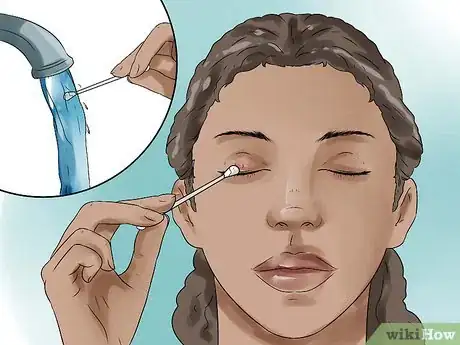
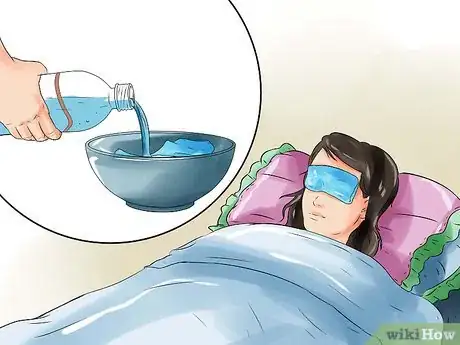

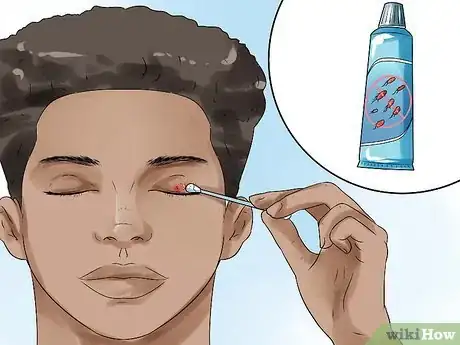
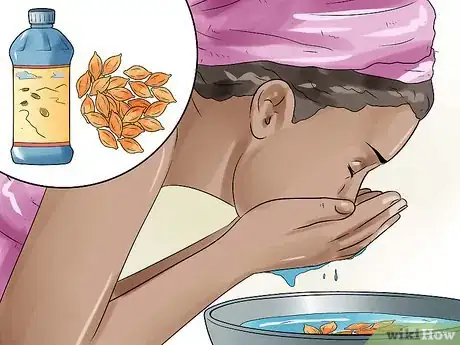
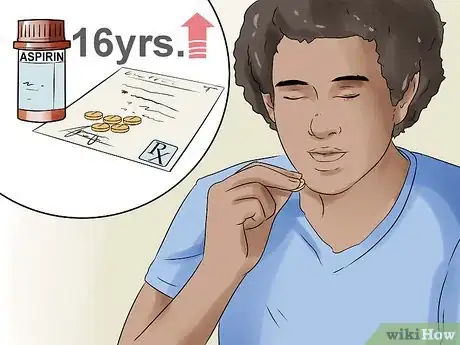
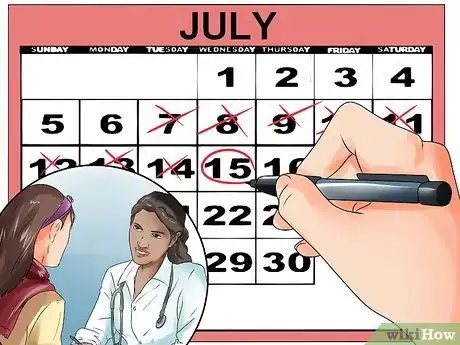

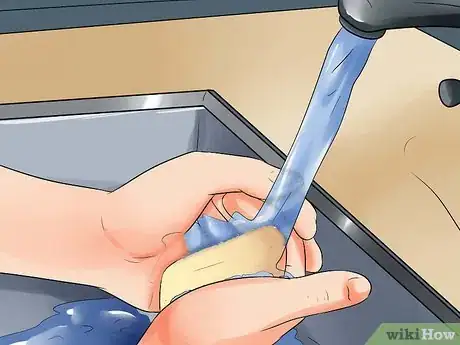
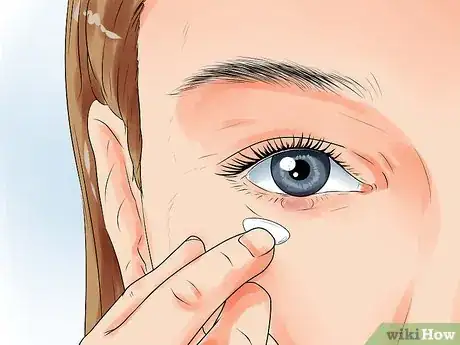
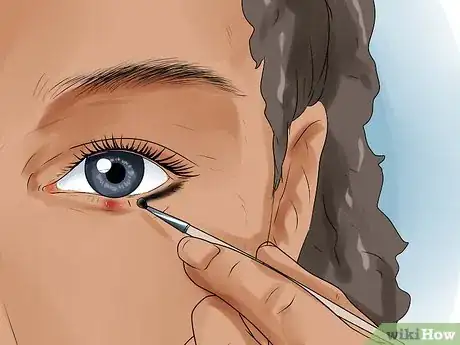

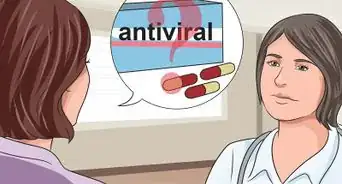
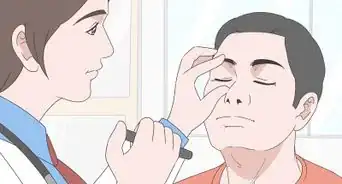



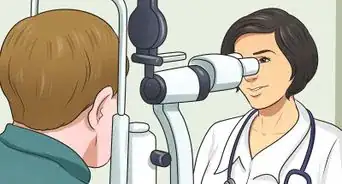
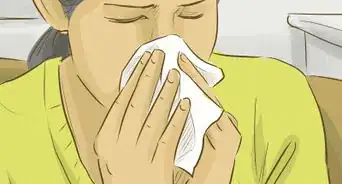












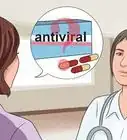
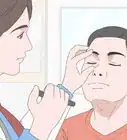




































Medical Disclaimer
The content of this article is not intended to be a substitute for professional medical advice, examination, diagnosis, or treatment. You should always contact your doctor or other qualified healthcare professional before starting, changing, or stopping any kind of health treatment.
Read More...